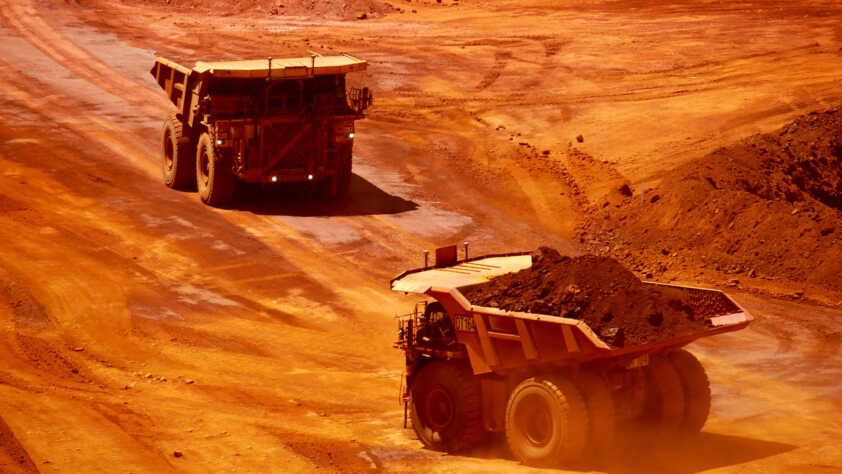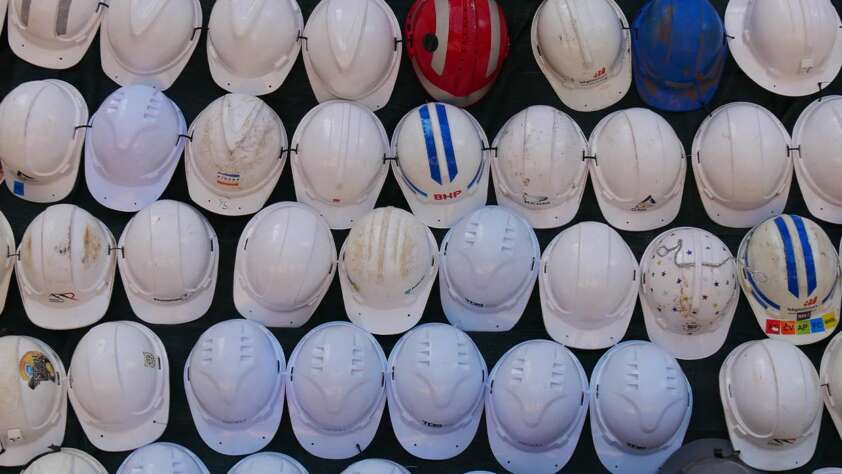When Lara Napier commenced her double degree in Chemical Engineering and Extractive Metallurgy at Curtin University, she was excited at the prospect of entering an industry with ample career opportunities.
Six months ago, the 26-year-old secured a graduate metallurgist position with Newcrest Mining at the Telfer mine, however many of her peers were not so lucky when it came to finding employment.
“When I first started my degree, I was told that at least 80 per cent of graduates in my field will get a job,” she said.
“When I was in my final year, I was told the likelihood of getting a job had dropped to between 10 and 15 per cent.”
With the prospect of a 50 per cent increase in the gold royalty rate, Ms Napier said students fear they will be unable to find a graduate position in their chosen fields.
“It’s hard to find a job now, so imagine how hard it is going to get if this tax is imposed,” Ms Napier said.
Newcrest spokesperson, Ian Kemish, said gold miners across Western Australia will struggle to boost their intake of graduates if the 50 per cent increase in the gold royalty rate proceeds.
“As an industry we are very proud of the contribution we make to the WA economy and the local job market,” he said.
“But we can’t continue to create new jobs and drive our local economy if we are hit with such a dramatic increase in costs.”
21-year-old Anis McGowan, a student at the WA School of Mines (WASM) said uncertainty about the future of the industry would impact university enrolment numbers.
“WASM is already a relatively small school with 250 students and the prospect of there being fewer jobs in the industry will scare even more students away,” she said.
Ms McGowan also fears the 50 per cent royalty rate increase will put pressure on university clubs and activities.
“Initiatives such as the Wombats Student Mining Games rely on local gold companies’ support through sponsorship,” she said.
“If mining companies are paying higher costs then we may struggle to get funding.”
Every year, Western Australian gold producers pay more than $290 million to the State Government in royalties and taxes and a further $245 million to the Federal Government. The sector also has an annual expenditure of more than $4.4 billion on wages and salaries, business purchases, community contributions and local government payments.



